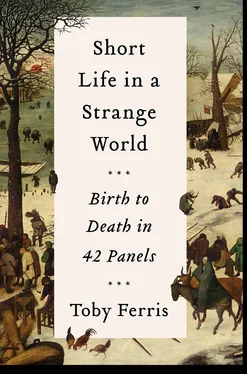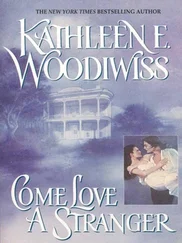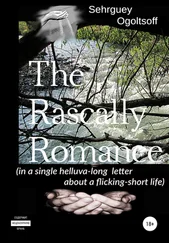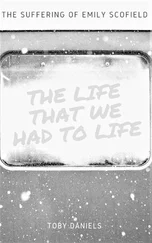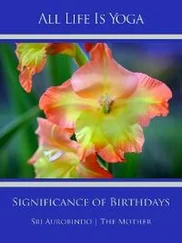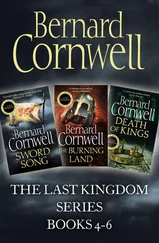For the most part, and in contrast to the iconoclasms elsewhere in Europe (France, Switzerland, England), the procedure was genial, carnivalesque and often very orderly, a holiday from incense and mummery. Through August and September, the hedge-preachers moved in to some of the now cleansed churches, cities were barricaded against the often complicit local authorities, independence declared. But the Spanish clamped down. Early in 1567 the Duke of Alba arrived from over the Alps with armies and siege trains, and the uncoordinated fires of rebellions were extinguished one by one.
By 1566, Bruegel had left Antwerp for Brussels, a distance of 30 miles, exchanging the commercial capital of the Spanish Netherlands for the political.
His birthplace is usually given as Breda ( c .1525) or environs, but he seems to have grown to artistic maturity in Antwerp. It is supposed that he settled there after his return from Italy in 1554, although there is no documentary evidence. However, his early artistic endeavours were all drawings for engravings for Antwerp print houses (notably, the Sign of the Four Winds, run by Hieronymus Cock). His first surviving painting, which hangs in San Diego, dates from 1557, but only a handful of paintings were made before 1561. It was from 1562 that painting really took over. By 1563 he had settled in Brussels and married Mayken Coecke, daughter of his master, Pieter Coecke van Aelst, and the miniaturist Mayken Verhulst; Van Mander has Mayken Verhulst persuading Bruegel to settle in Antwerp in order to distance himself from a previous amour, a serving girl he wanted to marry but found to be a serial liar. In Brussels, Bruegel ran a small workshop (where, according to Van Mander, he delighted in spooking his assistants and pupils with ghostly noises), although there is little if any evidence of workshop hands in his painting (some have taken the sky in the Census , for example, that lurid sun and the flattened treetop through which it shines, to be by assistants). From 1562 Bruegel painted an average of five (surviving) panels or canvases per year, until 1568, the year before he died, implying that he must have died early in 1569.
And so there he is, Bruegel the Elder: a creature of paint and prints, of signatures and hearsay. Nothing more now.
The documentary evidence for my father’s life is similarly scant, if methodical. I have, for instance, a small stack of his notebooks, maintained over seventy years. Five, in total. As follows:
1 A discoloured brown notebook, Where Is It? printed in black across its cover, in which my father maintained a list of all the books he read from January 1939 until he lost his sight in the late 1990s. Seven hundred books in total, ordered both alphabetically and chronologically, with a column indicating the month and year they were finished, and a column indicating how many books by that author had now been read. He kept this notebook by his bed, where he did most of his reading, for as long as I remember.
2 A slim Bible-black notebook inscribed on the inside flyleaf Engineering Formulae, Proofs, Definitions etc. Probably dating from the late 1940s/early 1950s. Three tiny handwritten tabs allow the reader to flip from AC to DC to M (for ‘mechanical’?); each page is numbered by hand, most are filled with neatly copied-out definitions (or proofs, or formulae) pertaining to his studies, in different shades of blue ink.
3 A book of recipes and food ideas, probably dating from his bachelor years in Bath. On the whole, an empty notebook. Avocado Pear and Prawns (no recipe, just the purity of a name). Rabbit pie. Roast meats. Something called ‘sausages – “burnt”’. Sophia Loren’s sauce for ‘spaghetti as used in Naples’. Some simple sweets (tinned grapefruit, tinned gooseberries, treacle pudding, lime jelly with grapefruit segments). All food he would still savour, if rarely actually cook, in later life (and if I recall he never lost his taste for sausages done to charcoal).
4 The flimsy green notebook in which he recorded the details of his tour of the Low Countries: train times, duty-free allowances, budgets, phrases in French (Je voudrais que vous fassiez chercher nos bagages); a list of what he had to declare at customs (perfume, earrings, chocolates and cheese, a pair of hair combs, a china jug, two hundred cigarettes, a bottle and a half of brandy); and a neat list of ‘places visited’ (Qualification: Towns and places in which we have set foot and toured, or taken refreshment, or both. Not towns and places passed through). Thus Ostend, Bruges, Blankenberge, Brussels, Vimy Ridge, Arras, Armentières, Ypres, Ghent, Antwerp, Luxembourg, Amsterdam.
5 His flying log, detailing each hour he flew (in Canada, in Northern Ireland, in Scotland, in Ceylon), with notes on weather, visibility, direction, radio contact maintained or lost, guns fired, etc., stamped here and there and signed by his commanding officers.
A skeleton of a life: My father’s notebooks.
And there it is. A skeleton of a life, in lists. Definitions. Formulae. Recipes. Etc. More than we have for Bruegel, by some considerable measure. For Bruegel, there is no such archival skeleton beyond those dates and signatures. We do not glimpse his book of recipes for rabbit-skin glue. His tour of the red-light district in Rome. We have only the vivid remnant flesh of the paintings and drawings and engravings.
For all the lack of documentation, we can say that the Bruegel Object, dispersed across hemispheres, nevertheless had an originating trajectory across a troubled land, a land in which images of all kinds were suspect, tortured, executed.
If you set up a boundary there will be a corresponding osmosis, a crossing, a new dynamic between zones. Breda is now on the Dutch side of the border, across from Antwerp, a Belgian town, but in the Spanish Netherlands, Breda was naturally a satellite of prosperous Antwerp a little to the south, not of pokey Dordrecht or Roosendaal, and still less of Amsterdam, hick town in the cold and peasant North. Antwerp was an intersection with the wide world; Holland was a puddle.
Over the next century, there would be a sorting, Catholic South to Protestant North, vice versa, as positions, professions of faith, hardened. Bruegel himself was likely a Catholic (he was given a Catholic burial), although in 1566 he would make a painting of a hedge-preacher going about his business ( The Preaching of St John the Baptist in Budapest), and the humanist circles in Antwerp with which he had been associated moved freely and enquiringly in the space marked out by the old faith and the new, Erasmian accommodations and Calvinist defiance. Bruegel the artist was a product of secular print culture. He didn’t do altarpieces.
One year later, the project only just beginning to assume a shape, I visit Antwerp with my brother.
My brother’s departure is delayed at the last minute by a rescheduled job interview, so I travel out on my own, and while I wait for him I visit the Museum Mayer van den Bergh.
Like the Frick in New York, the Mayer van den Bergh is the ossified private collection of a wealthy industrialist. The floors creak, there are libraries and trinkets, furniture and paintings. On this weekday afternoon in February, I am alone with the guards, who follow me slowly from room to room. People cannot be trusted not to destroy images.
These are the things I recall. A large triptych by Quentin Matsys, with a crucifixion and a line of citizenry returning from Golgotha to the Holy City. A room not so much of sculpture as of bits of stone – medieval, Gothic, Roman, Etruscan. A large rustic painting by a contemporary of Bruegel’s, Pieter Aertsen. Aertsen was from the North Netherlands, based in Amsterdam, and painted peasant scenes and altarpieces; most of the altarpieces were destroyed in a later iconoclasm, the Alteratie or Changeover of 1578.
Читать дальше
